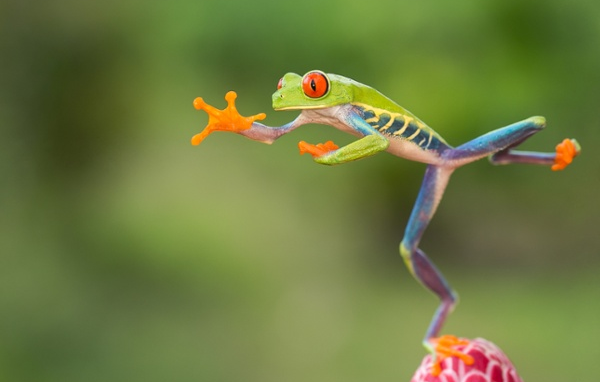St. Patrick’s Day: A Brief History
 Today St. Patrick’s Day is filled with a lot of green, parties and everyone claiming to be Irish for the day. However, it wasn’t always this way. St. Patrick’s Day dates back to the early seventeenth century and was originally a day celebrating the arrival of Christianity in Ireland.
Today St. Patrick’s Day is filled with a lot of green, parties and everyone claiming to be Irish for the day. However, it wasn’t always this way. St. Patrick’s Day dates back to the early seventeenth century and was originally a day celebrating the arrival of Christianity in Ireland.
St. Patrick
Unlike St. Valentine, we know who St. Patrick was. He was born in the fourth century and was kidnapped by Irish raiders from his Roman Britain home at the young age of 16. While captive, he was “told by God in a dream to flee from captivity to the coast, where he would board a ship and return to Britain. Upon returning, he quickly joined the Church in Auxerre in Gaul and studied to be a priest,” reports Wikipedia.
In 432 a.d. and now a bishop of the church, St. Patrick was called back to Ireland to help teach the Irish people Christianity. It is believed he used a shamrock to explain the doctrine of the Trinity. On March 17, 461 a.d. St. Patrick died and was buried at Downpatrick.
Snakes
One story associated with St. Patrick is that he drove all of the snakes out of Ireland with his flute. Unfortunately, this story is only a myth. Many believe this story was created as a metaphor. St. Patrick is known as the person who converted Irish pagans to Christianity—hence he drove the “evil” from the land.
Irish Feasts and U.S Influence
In Ireland this national holiday was celebrated in the ninth and tenth centuries with a feast, but wasn’t an official national holiday until 1903. By the 1970’s Ireland started celebrating the holiday on a much larger scale. Philip Freeman of Luther College in Iowa, tells National Geographic, “St. Patrick’s Day was basically invented in America by Irish-Americans. Today, the U.S. tradition of St. Patrick’s Day parades, packed pubs, and green silliness has invaded Ireland with full force.”
Irish-American history expert Timothy Meagher also told National Geographic the reason for such a strong American-Irish impact on the holiday, “It becomes a way to honor the saint but also to confirm ethnic identity and to create bonds of solidarity.”
Blue not Green?
In the early years of celebration, St. Patrick’s Day was associated with the color blue—not green. Sky blue was associated with St. Patrick’s Order established in 1783. According to ABC News sky blue was assigned to differentiate from the Order of the Garter (dark blue) and the Order of the Thistle (green). Green came into the picture slowly because of his use of the shamrock to teach the Holy Trinity. By 1798, during the Irish rebellion, Irish soldiers wore full green uniforms on March 17th in hopes of catching public attention. After this statement, green became the dominate color associated with the holiday.
Lots of Guinness
If you think it wouldn’t be St. Patrick’s Day without a pint of Guinness you aren’t alone. According to the brand, 13 million pints are consumed around the world on March 17th. This is double the average daily consumption which is around 5.5 million. Beth Davies Ryan, the global corporate-relations director for Guinness says, “Historically speaking, a lot of Irish immigrants came to the United States and brought with them lots of customs and traditions, one of them being Guinness.”
Do you have your own St. Patrick’s Day tradition? Let us know in the comments below.







